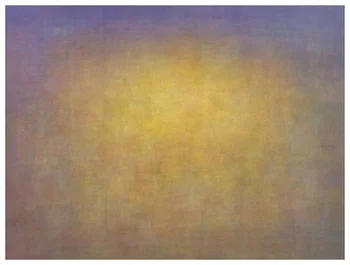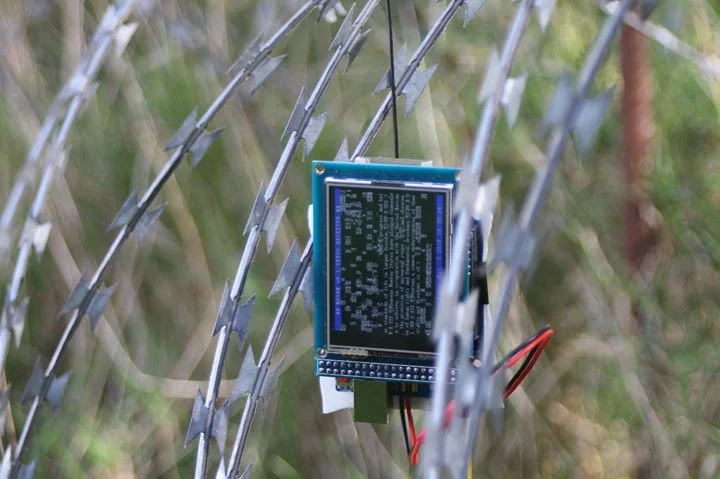All the Ways (The Simpsons)
The Simpsons iconic television series has been a part of American culture for over 25 years, an animation that comically reflects an average American family while satirically exploring societal issues. In 2016, the Simpsons migrated from prime time television into the fine art world, reflecting a dialogue of digital media in modern life. Jason Salavon’s, All the Ways (The Simpsons), consists of 26 seasons of the animated television show, The Simpsons, composited together into a 22-minute video through software algorithms.
“By varying parameters, a single software process produces compositions capable of a huge breadth (all the ways) of data representation. Most importantly, it maps a contiguous space inhabited by these previously distinct styles.”
All the ways (The Simpsons) begins with the familiar introduction of the Simpsons, but with transparent impressions of the 26 seasons of episodes layered together. The repetitious animation of the introduction, which seems the same with every episode when watched at home, is now layered with subtle ghostly changes that have occurred over time. Repeating echoes are heard as the iconic introductory song plays, revealing a little bit of variance from different episodes. Throughout the introduction, the characters and credits become increasingly less recognizable, and the majority of the screen fades further into abstraction of moving transparent shapes.
As the video progresses from the intro to the composite of the episodes, shades of gold and purple dominate the screen. The video moves into entire abstraction, with remnant ghostly images of familiar characters coming into focus for a fleeting moment before receding into the abstracted colors again. The audio changes from the familiar melody to a strange static, with voices subtly echoing and sounds emerging resembling clanking metal. Sounds from a particular episode interact with other episodes’ sounds and dissipate again. It feels like a dynamic abstract painting, one that moves and changes with time. The colors subtly shift through animated moments and sounds appear and disperse within the static chorus. The context becomes entirely removed from the original animation series, with the composition becoming an abstracted impression of moving color. Throughout the video, we see the process of the animation moving from representation to abstraction, and lose the messages that were intended, forming new connections to the work.
“New media artist Jason Salavon transforms cultural data into visual compositions, reformatting information into rich patterns and visual “averages” that reveal insights into consumer images and our relationship with them. ”
All the ways (The Simpsons) video feels reminiscent to 19th century French impressionist paintings that were abstracted from their original forms, evoking emotional states with blurred distinctions of form and color. A central difference between Salavon’s work and 19th century French impressionists is the content. Impressionist painters abstracted scenes from the environment or people that were representative aspects of every day life in that era. Salavon has conceptually extended this critical exploration into the modern digital world, raising questions about perception and meaning as we process images every day through digital media.
In addition to this impressionistic quality, All the ways (The Simpsons) raises questions of time through the manipulation of a time-based medium. All the Ways (The Simpsons) is an amalgam of many animations that were created and aired over several years, now re-contextualized by occurring simultaneously. When time is altered and the videos are layered together at once, that somehow changes the meaning of the show. The process of memory is also evoked, revealing how recalled moments can become interwoven to reform narratives, often without the time based context as the events themselves had.
All the Ways, TAI Modern, Santa Fe, 2016
All the Ways, Mark Moore Fine Art, 2016
References:
http://salavon.com/work/all-the-ways-video/
https://www.artsy.net/artwork/jason-salavon-all-the-ways-the-simpsons
http://glasstire.com/2016/05/31/building-a-bigger-picture-jason-salavon-at-the-public-trust/





